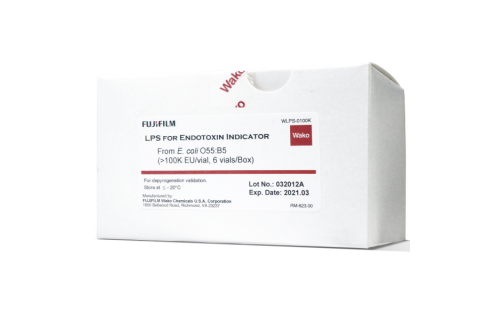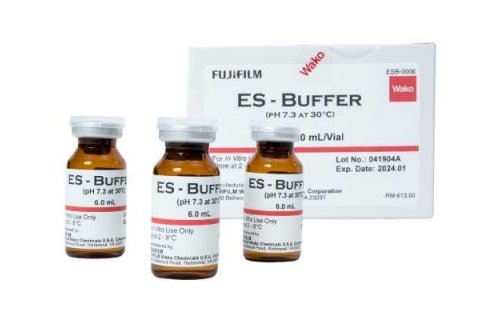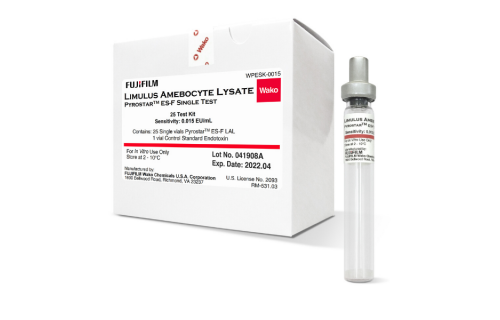Gene Therapy Products and LAL
Gene therapy is revolutionizing the way we treat human diseases. Any technique that modifies a person’s genes in order to treat or cure a disease is considered a form of gene therapy. This can occur via several possible mechanisms. A disease-causing version of a gene may be inactivated or replaced with a healthy version. Alternatively, a new gene may be introduced to combat a disease.
A wide variety of vectors are available for gene therapy. The two most common are plasmids and viruses. Plasmids are circular DNA sequences that can be transiently expressed within cells. On the other hand, the genes packaged by viral vectors can be integrated into the host cells’ genomes and permanently expressed.
Like all human therapeutics, it is critical for gene therapy products to be free of endotoxin contamination. Endotoxin, also known as lipopolysaccharide or LPS, is a component of the outer cell membrane of Gram-negative bacteria. It is an extremely potent pyrogen, with even miniscule exposure leading to dangerous fever or even sepsis. Furthermore, endotoxin is highly heat-resistant and thus difficult to remove through traditional means.
According to FDA guidelines, all intravenously injected pharmaceutical products must contain below 5 endotoxin units per kg of body weight. Endotoxin is highly ubiquitous, with lab environments being no exception, and so it is crucial for gene therapy products to be tested for endotoxin contamination prior to use in human subjects.
The Limulus amebocyte lysate (LAL) assay offers a cost-effective and highly sensitive method to quantify endotoxin levels. The assay relies on proteins extracted for the blood of horseshoe crabs. These proteins undergo a clotting reaction in the presence of endotoxin, which can be quantified to give a highly accurate readout of endotoxin levels.
A 2019 paper published in Molecular Therapy—Methods & Clinical Development tested a new method to remove endotoxin contamination from recombinant adeno-associated virus (rAAV) stocks, a common vector for gene therapy. rAAV is prepared using plasmid DNA isolated from E. coli bacteria, which is a frequently a source of endotoxin contamination.
The authors used the LAL assay to quantify endotoxin levels. One of the challenges with decontaminating rAAV stocks is that any residual detergents could not only induce toxicity, but also interfere with the LAL assay reagents, leading to false negatives. This is due to the masking effect, wherein an LPS molecule becomes surrounded by detergent molecules and thus shielded from interacting with the LAL reagents. However, the authors were able to keep detergent levels below critical levels in their decontaminated stocks, allowing for accurate endotoxin readouts using LAL.
This study highlights the importance of thorough decontamination of gene therapy products, as well as the necessity of stringent buffer-exchange washing in order to remove residual detergent. As the popularity of gene therapy increases, it will remain crucial for scientists to be aware of the potential dangers of endotoxin contamination and the need to avoid false negatives caused by detergent carryover.






